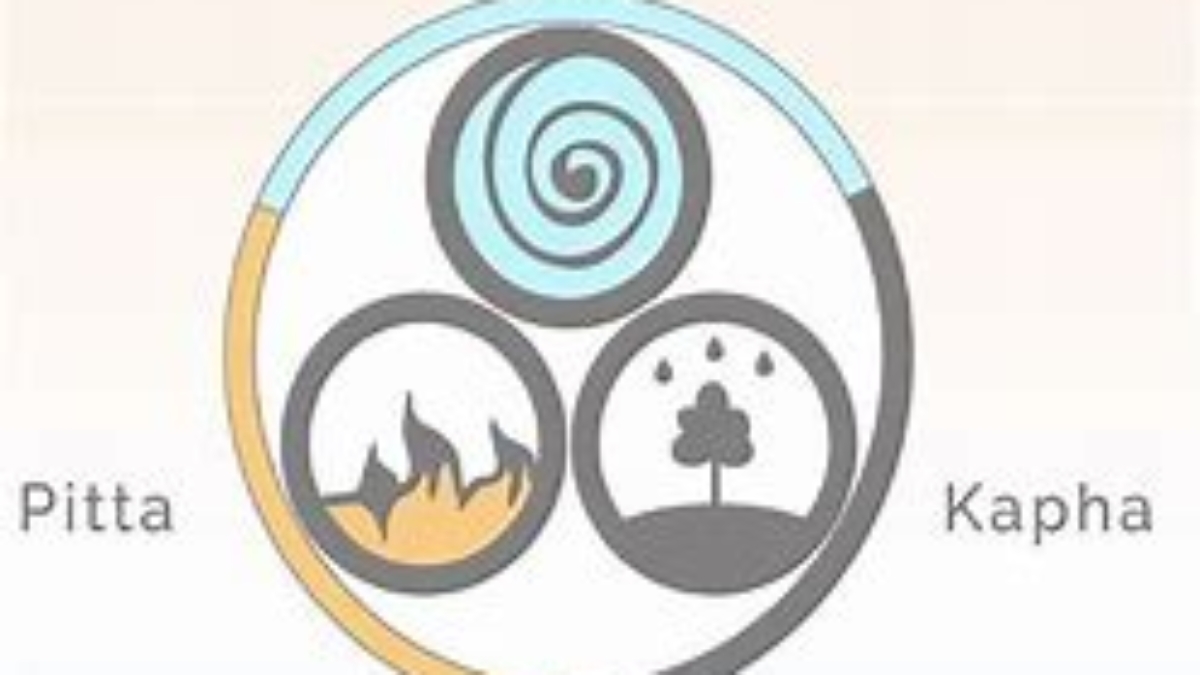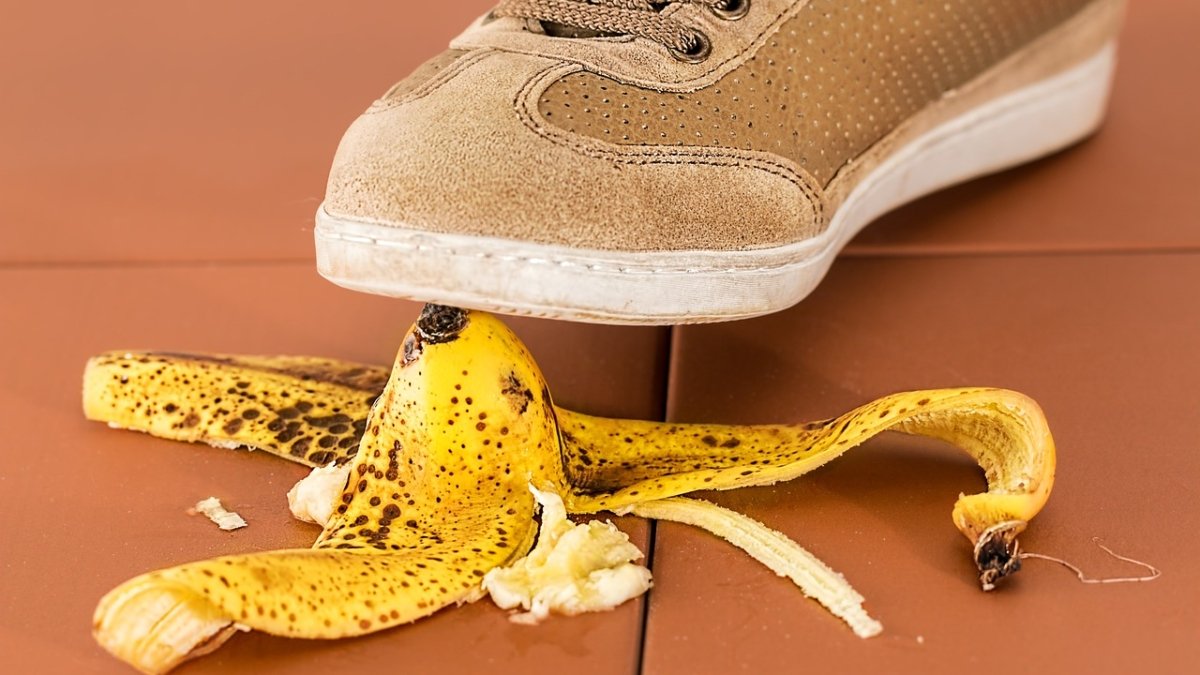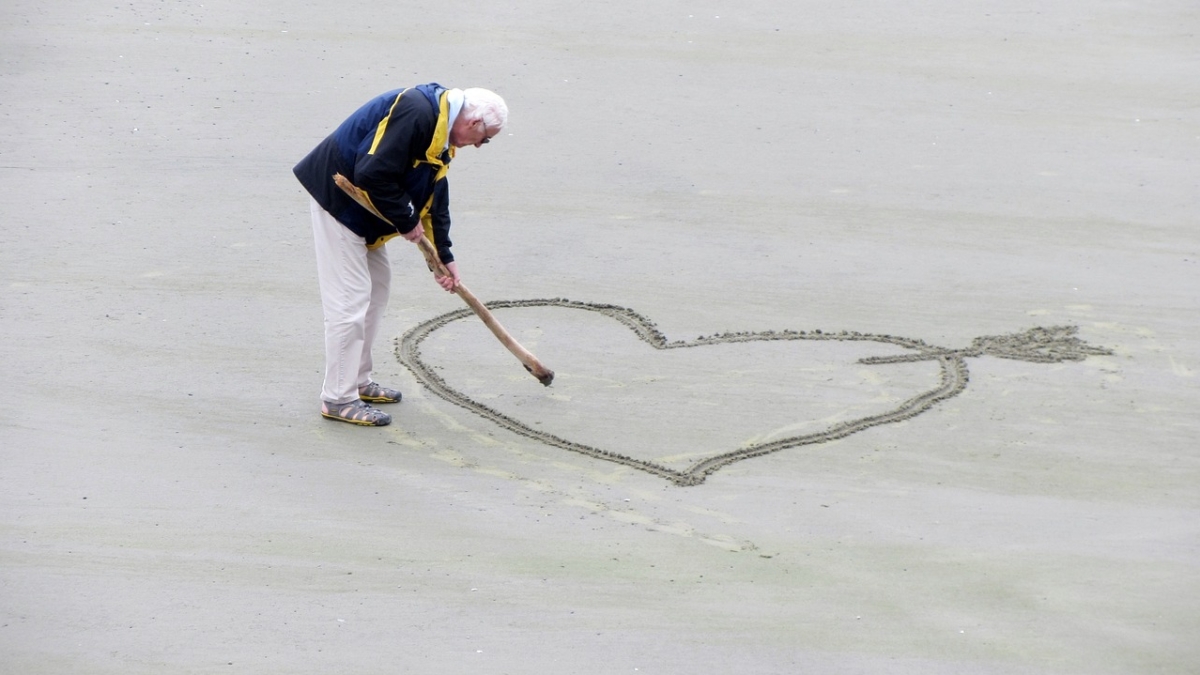Dancers, like every artist, require a deep connection between their body and mind to perform their best. Understanding one’s inherent Ayurvedic body type, or dosha, can offer dancers a unique edge in achieving peak physical and emotional balance. Let’s dive into how the ancient practice of Ayurveda can guide dancers to optimal health and performance.
1. The Dance of Doshas: Ayurveda, an ancient Indian medicinal system, posits that our body and mindset vary across individuals, based on three primary doshas: Vata, Pitta, and Kapha. These doshas emerge from combinations of five primal elements – air, ether, earth, water, and fire. Perfect alignment of these doshas signifies optimal health, while any imbalance can lead to health issues.
2. Discovering Your Rhythm: To dance to your fullest potential, understanding your dominant dosha is crucial. By taking a 15-question test, dancers can ascertain their primary and secondary doshas. This knowledge is pivotal as it offers insights into one’s physical and emotional strengths and vulnerabilities.
3. The Performance Attributes of Each Dosha:
- Vata: Governed by air and ether, Vata is the essence of movement and communication. Dancers with a Vata dominance might find themselves excelling in fluid, quick choreographies, but they might also face challenges like dryness and indigestion when imbalanced.
- Pitta: The fire and water dosha, Pitta, controls digestion and metabolism. Pitta dancers might be dynamic with their movements and exhibit strong leadership in group performances. However, they need to watch out for inflammatory disorders or skin issues if their dosha goes awry.
- Kapha: Representing structure and lubrication through earth and water, Kapha dancers might have grounded and strong performances. They should, however, be cautious of lethargy and congestion, signs of a Kapha imbalance.
4. Tailoring Your Dance Routine for Dosha Balance: Understanding and catering to one’s dosha can assist in formulating a dance routine that complements one’s physical and emotional needs:
- Vata Dancers: Opt for warm-up routines that focus on fluidity and incorporate lubricating foods like cold-pressed oils in your diet.
- Pitta Dancers: Engage in calming practices like meditation before a performance. Nutritionally, they should lean towards cooler foods to balance their inherent heat.
- Kapha Dancers: Energizing routines and a diet that is light yet nutritious can help in keeping Kapha dancers agile and at the top of their game.
Conclusion: Every dancer’s journey is unique. By intertwining the wisdom of Ayurveda, dancers can ensure they’re not only physically fit but also emotionally balanced, leading to performances that truly resonate. After all, when you dance in harmony with your dosha, every stage becomes a canvas for your story.
By integrating the world of Ayurveda with the passion for dance, dancers can discover a holistic approach to health, performance, and well-being.





